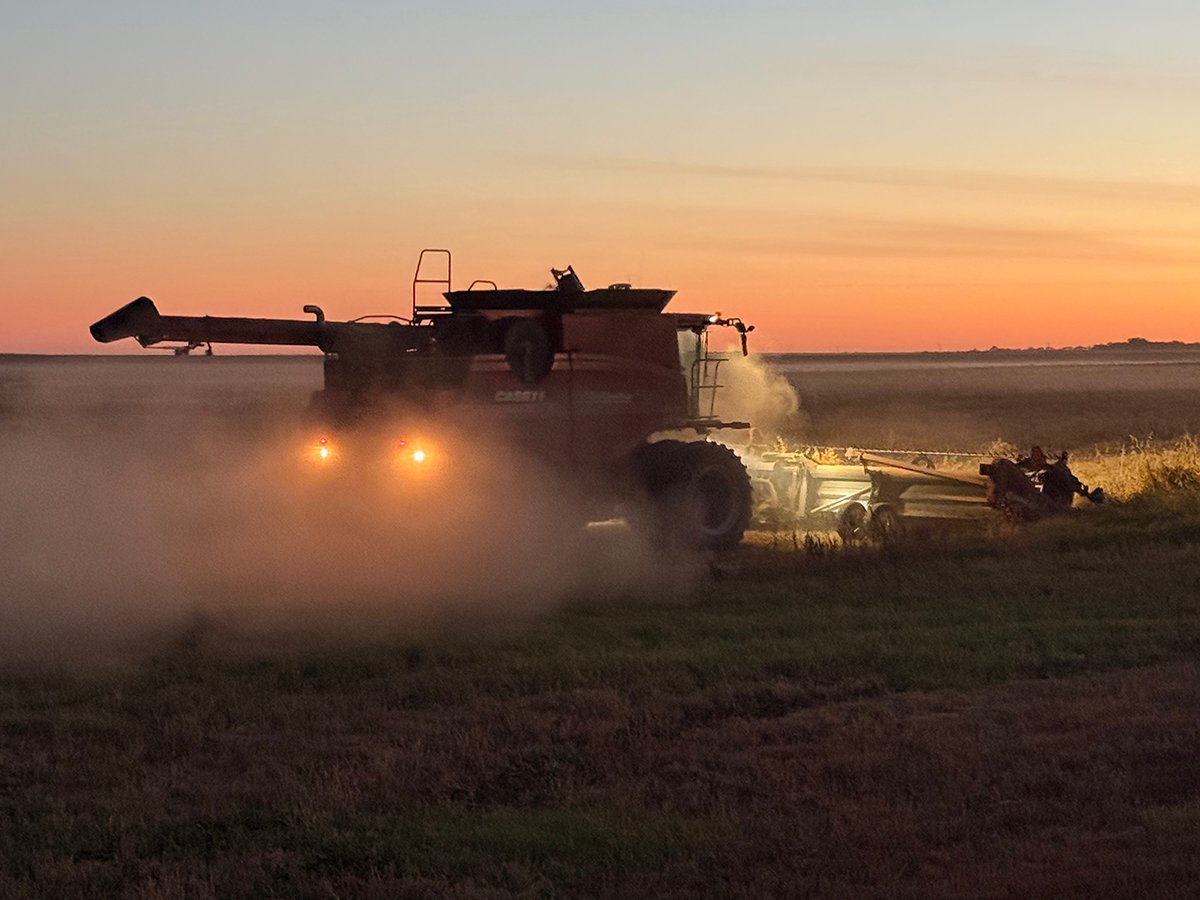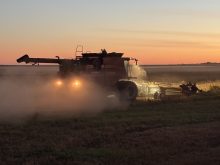The labour market in Saskatchewan and Alberta was tight enough before last week’s announcement that a greenfield potash mine will be built in Saskatchewan.
Now, finding qualified workers will be even more like seeking needles in haystacks.
The German potash company K+S Aktiengesellshaft announced Nov. 29 that it is going ahead with a $3.25 billion solution potash mine at its Legacy property near Moose Jaw. This mine will eat up more than 1,000 workers during construction and more than 300 people once operational. You can expect more of the same with BHP Billiton’s Jansen mine, which looks like it will also go ahead. Meanwhile, Agrium and Potash Corp. are moving along with mine expansions and renovations.
Read Also

Downturn in grain farm economics threatens to be long term
We might look back at this fall as the turning point in grain farm economics — the point where making money became really difficult.
While we welcome this kind of investment for the confidence it shows in the economy and its promised prosperity, there may be a downside.
For years, agribusiness and big farms have been in competition with the oil and gas industry for labour, but now potash is increasingly part of the mix, as well.
Where will all these people come from?
The November unemployment rates in Saskatchewan and Alberta are already spectacularly low, at 5.1 and five percent respectively.
Manitoba, less affected by oil and potash growth, was at 5.5 percent. These low rates may seem like positive economic indicators, and overall they are – but not when you’re seeking workers.
There’s the rub for anyone in agriculture trying to expand his or her business. Whether you’re operating a big farm or selling inputs, or you’re the local combine dealer, you’re going to need employees – increasingly, skilled employees – and you’re in competition with some of the sexiest industries in Canada.
On the positive side for producers, there’s more off-farm work for those who seek winter employment. On the down side, when you need employees, they may be whisked off for good money on the rigs or at the mine.
Generally, agribusiness sees the labour shortage as a real predicament.
Certain government policies are not helping. For example, western apiarists are frustrated with a new federal policy that allows seasonal workers from some countries to work in Canada for four years, but then forces them to wait four years before re-applying. This is bad policy that does not address the labour shortage.
Producers and agribusinesses are going to have to get creative to compete in the labour market. For example, wages may need a boost – more affordable in these reasonably good times – and more immigrants will have to be wooed to rural Canada. Providing benefits such as free housing could also sweeten offers.
Leah Knibbs, a partner in Knibbs and Associates Sourcing People, which recruits workers for agriculture, says it’s a new world for finding employees. It’s no longer a case of posting a job and hoping to find someone you like. It’s a matter of selling the job, the farm and the lifestyle of rural Canada, while engaging candidates who may never have considered working in agriculture.
Educating young people about the benefits of working in rural Canada may not send hordes of 20-somethings out to the farm, but it will persuade some; and rural Canada needs every kid it can get.
Governments also need to step up by easing immigration rules for suitable agricultural workers, by setting up proper labour enticement programs, and providing incentives – such as, perhaps, tax credits similar to those received by northern workers.
It’s a new world in Western Canada. Agribusinesses and farmers are part of a complex, booming economy, and they will have to compete with the best of industry to keep their own industry running.
Bruce Dyck, Terry Fries, Barb Glen, D’Arce McMillan and Joanne Paulson collaborate in the writing of Western Producer editorials.
















